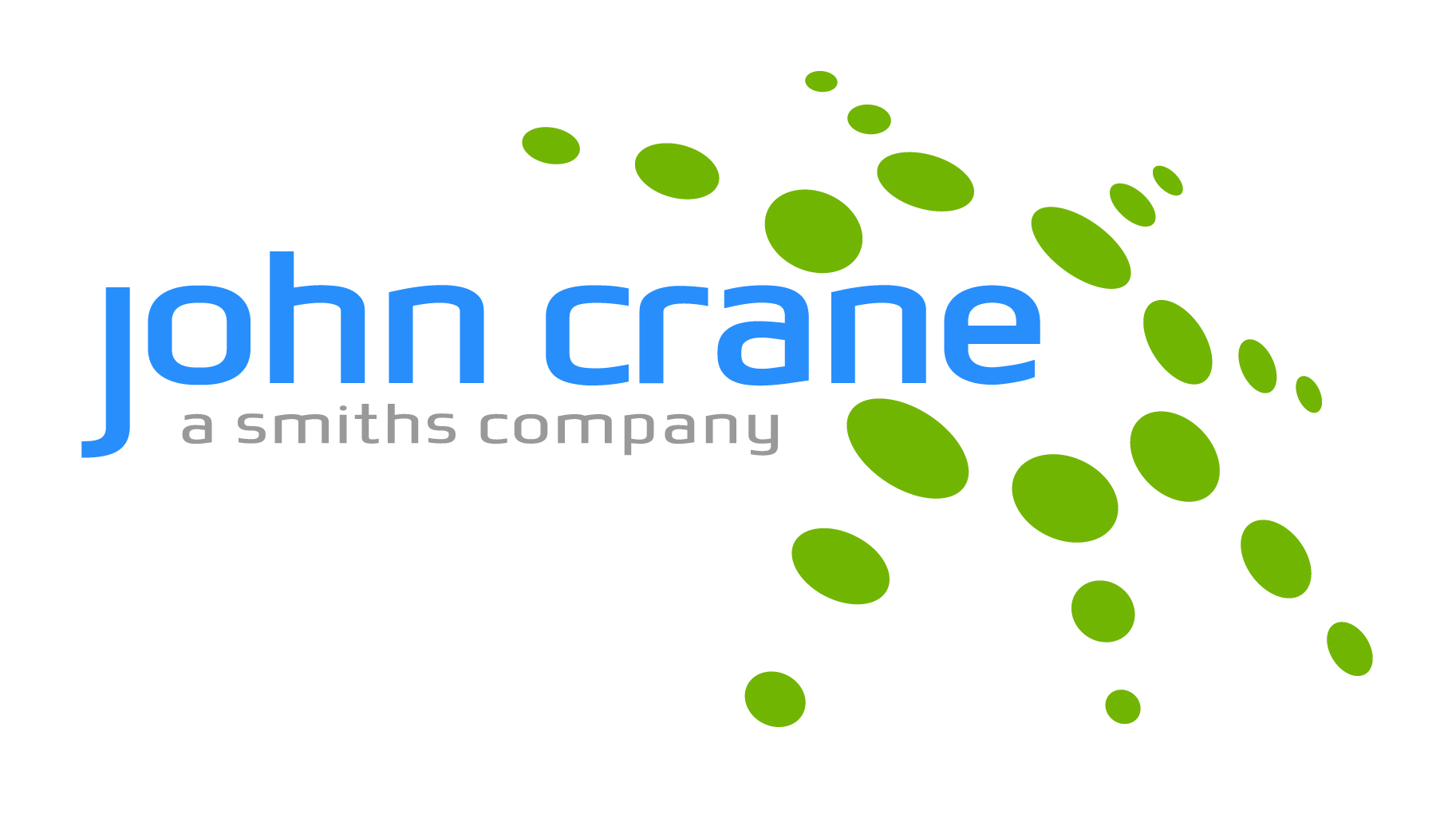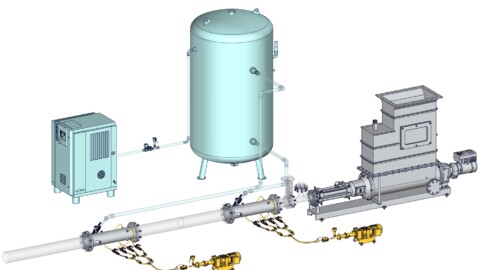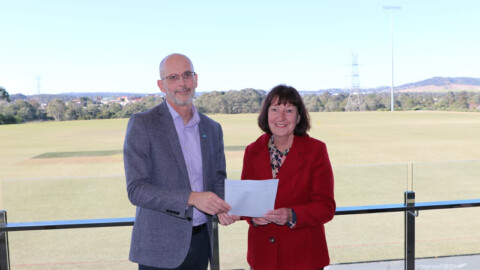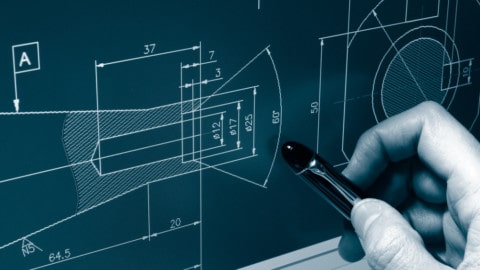Mechanical engineers have developed a mathematical model to help detect bubbles that damage the centrifugal pumps that transport huge volumes of water and sewage in and out of cities each day.
Lead developer, Curtin University’s Dr Kris McKee, says vapour bubbles form when fluid feeding into pumps is not at sufficient pressure.
“Everyone goes to the bathroom right before they go to work, and they may go to the bathroom at lunchtime and right after dinner,” Dr McKee says.
“But during the other times of the day [the pumps handle] a low amount of fluid, because people normally do other stuff.”
“So these pumps, which require a huge amount of pressure to keep them flowing properly, or keep them operating properly, may have great operating conditions during certain peaks in the day.”
At other times, however, Dr McKee says a pump may be sucking in fluid while there is insufficient pressure pushing that fluid towards the pump.
This causes small separations—or bubbles—to form while sewage is in the feeder pipes. The bubbles then travel into the pump and implode as water pressure increases.
“When they burst inside the pump, they actually wear away at the metal on the impeller,” Dr McKee says.
This damage is known as cavitation. Cavitation can be detected when the impeller begins to rattle, but by then it is too late to take remedial action. An impeller costs tens of thousands of dollars to replace.
Predicting the likely lifespan of an impeller has so far been impossible, creating asset-management headaches. With no way of viewing the inside of working pumps, the researchers turned to vibrations as an indicator of internal activity.
Drawing on earlier work by co-author Dr Melinda Hodkiewicz, who studied bubble formation in industrial pumps, the team devised a means of graphically representing the frequency of vibrations produced by fluids passing through pumps.
When monitoring equipment detects certain frequencies, remedial action can be taken by increasing fluid pressure in the feeder pipes to stop more bubbles forming.
Dr McKee says they used full-scale industrial pump efficiency testing data to determine initial cavitation parameters for their analysis.
They ran further tests using vibrations measured from several working water and sewage pumps.
The team would now like to apply their method to a pump with a newly-installed impeller, testing continually until the impeller wears out and needs replacing.
















